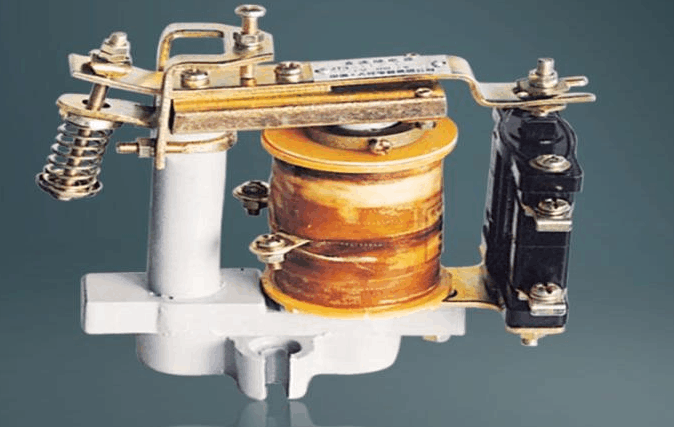OUTLINE:
What Is Electromagnetic Coupling
 725
725An electromagnetic coupler is an electronic component that transmits signals through electromagnetic coupling. Its working principle is that the electromagnetic coupling between the two coils makes the current change of one coil affect the current change of the other coil, thereby realizing the transmission of signals. Electromagnetic coupling in transformers makes them electrically isolated and magnetically coupled.
Structure and Principle:
Electromagnetic induction is a fundamental non-contact phenomenon in which an electrical circuit causes a changing magnetic flux (i.e., changing number of magnetic field lines) through a second circuit placed in the magnetic field.

The structure of the electromagnetic coupler is composed of two coils and a magnetic core, one of which is the input coil and the other is the output coil, and the magnetic core is used to enhance the electromagnetic coupling effect. When the current of the input coil changes, the magnetic core will generate a magnetic field, which will affect the current change of the output coil, thereby realizing the transmission of signals.
The principle of electromagnetic coupling is the basis of all modern electric motors, relays and transformers. It is also used by generators and various communication-related devices, from Citizens Band (CB) radios to televisions and wireless door locks in buildings and cars. It can also be detrimental to the function of circuits and cause telecommunication interference. In this case, it is often referred to as Electromagnetic Interference (EMI). However, not all EMI is unintentional, as it can also be used as a form of carrier to boost signal strength.

Electromagnetic coupling plays a crucial role in many aspects of our daily lives. It is responsible for the behavior of electric and magnetic fields, radio waves, and the transmission of information through electrical signals. Additionally, it is essential in the functioning of electronic devices such as radios, televisions, and computers.


Disclaimer: The views and opinions expressed by individual authors or forum participants on this website do not represent the views and opinions of Chipsmall, nor do they represent Chipsmall's official policy.

share this blog to:

